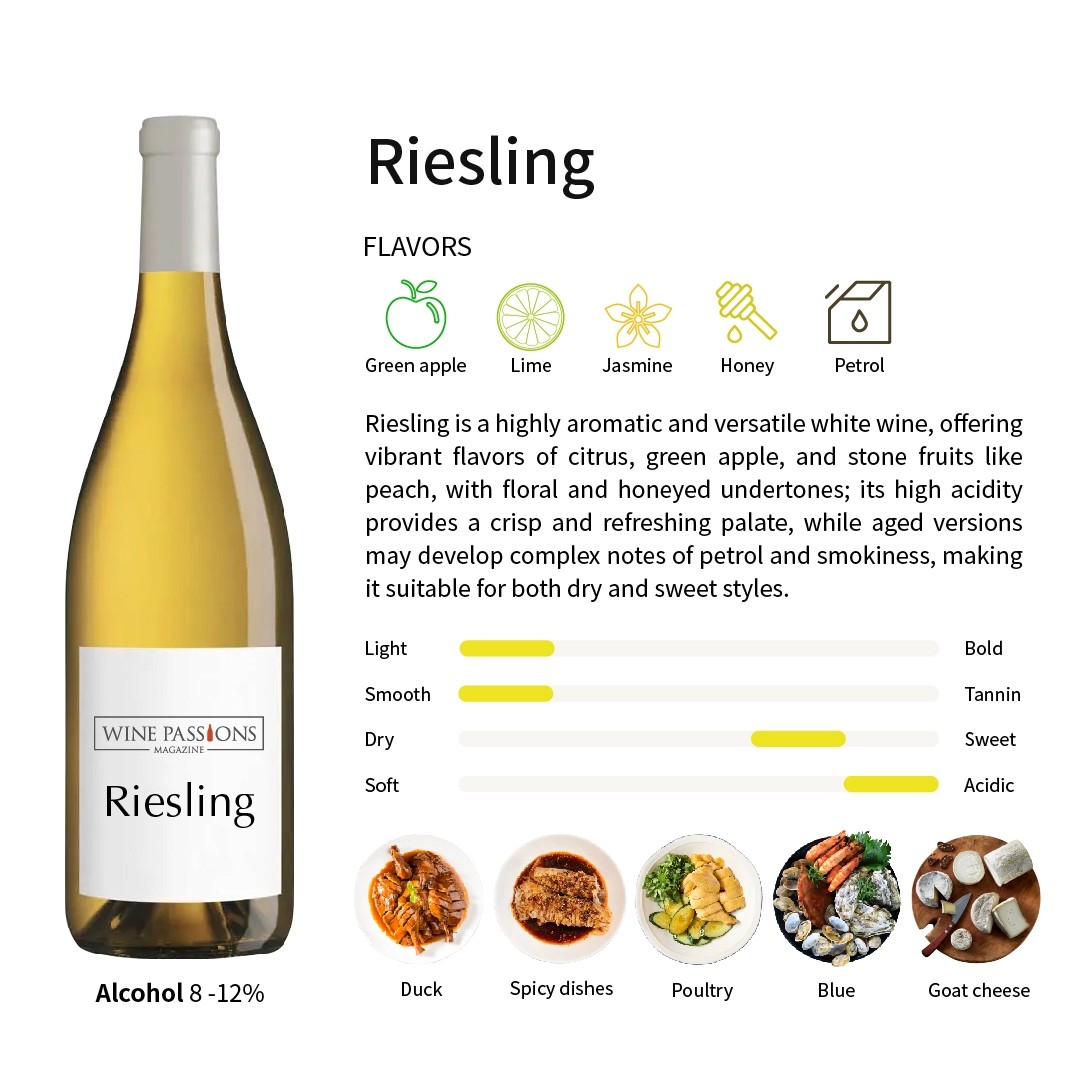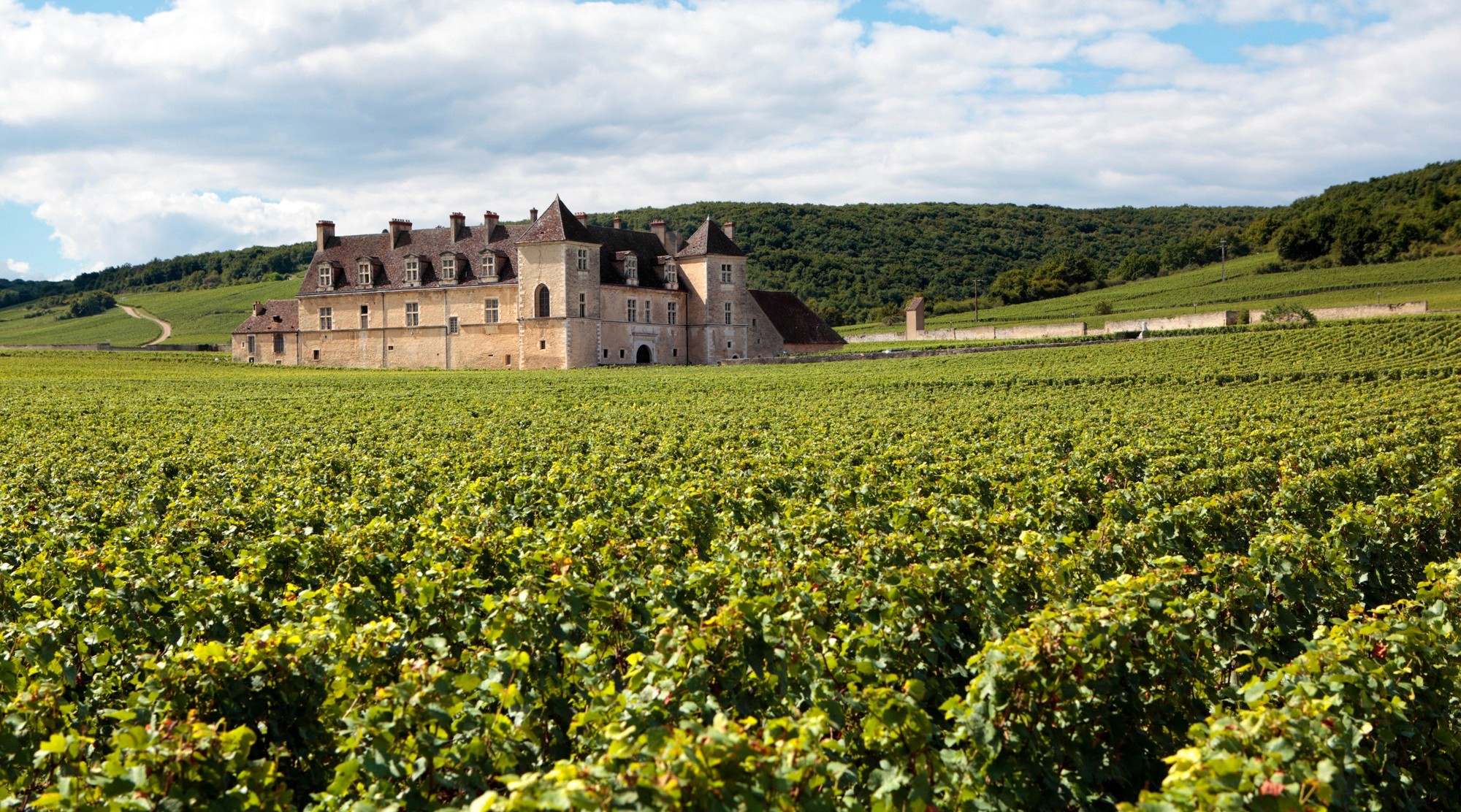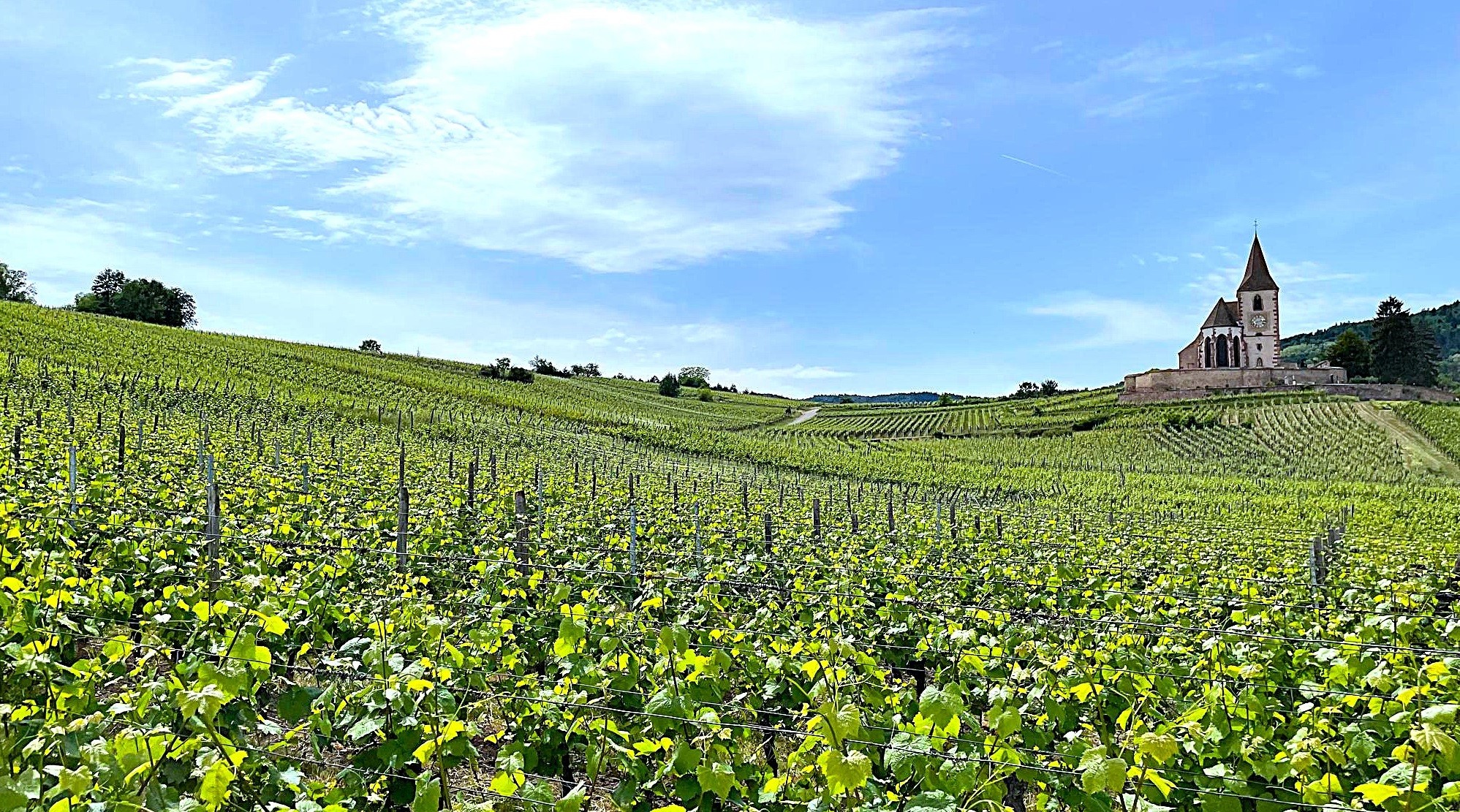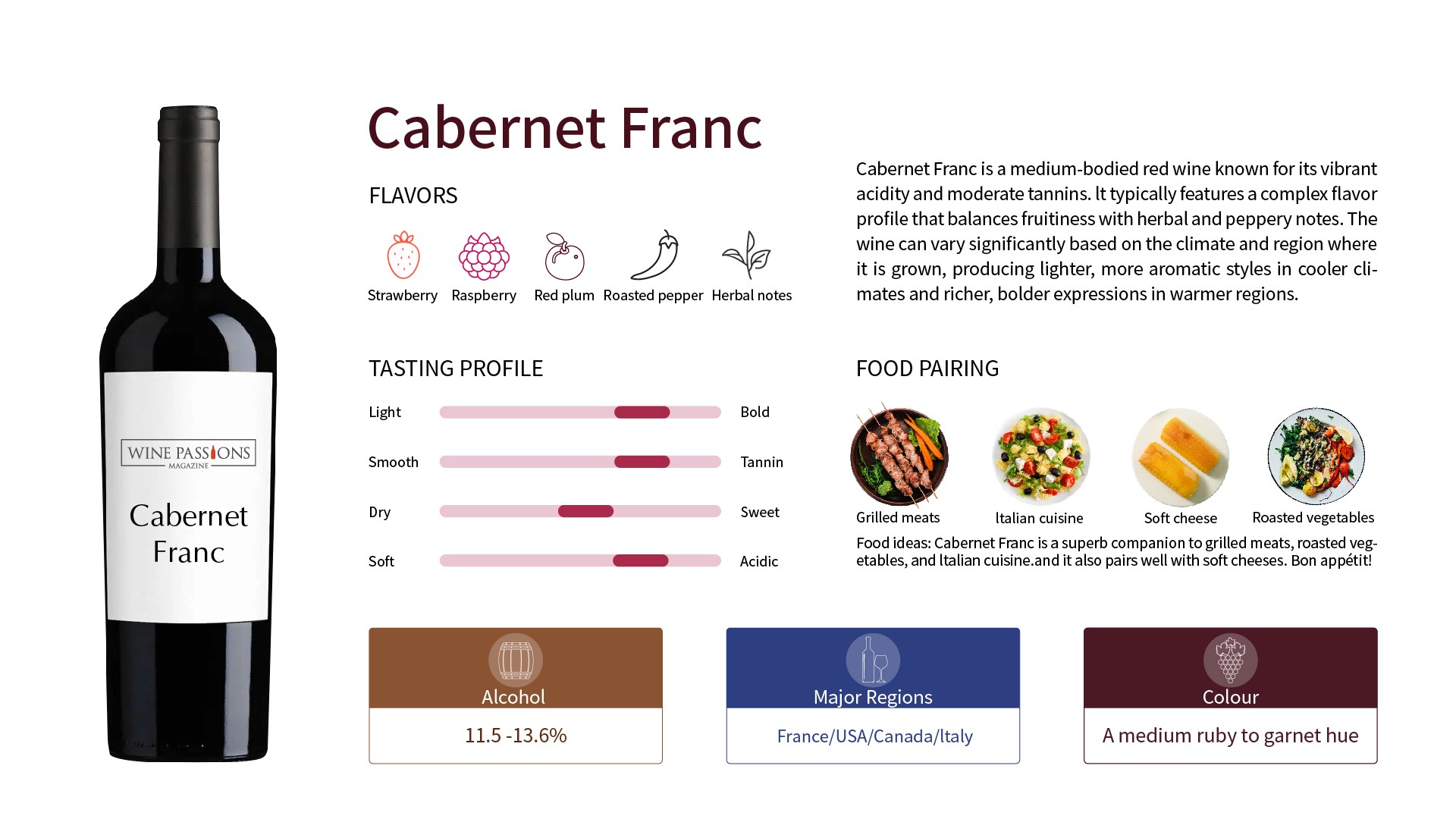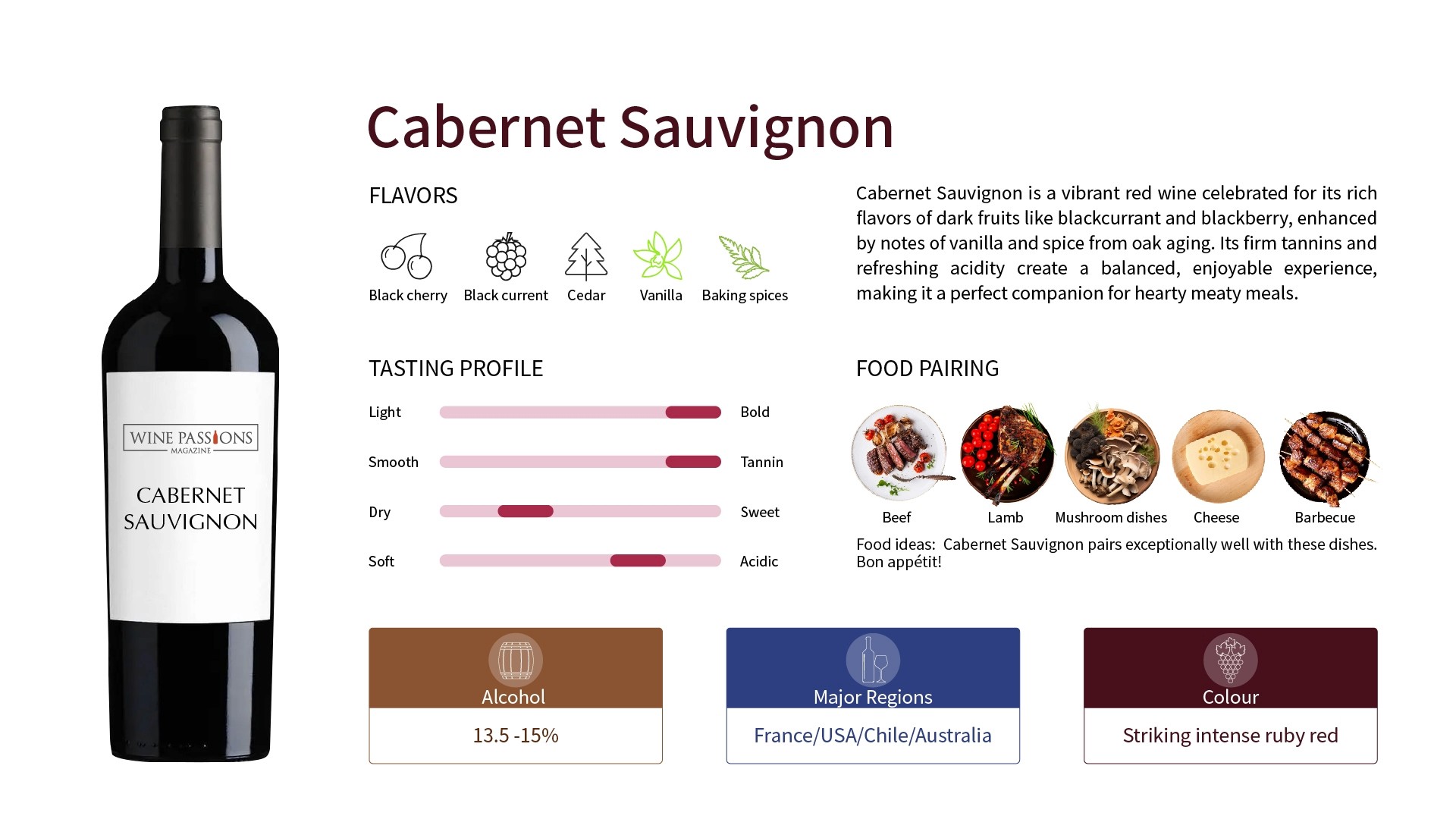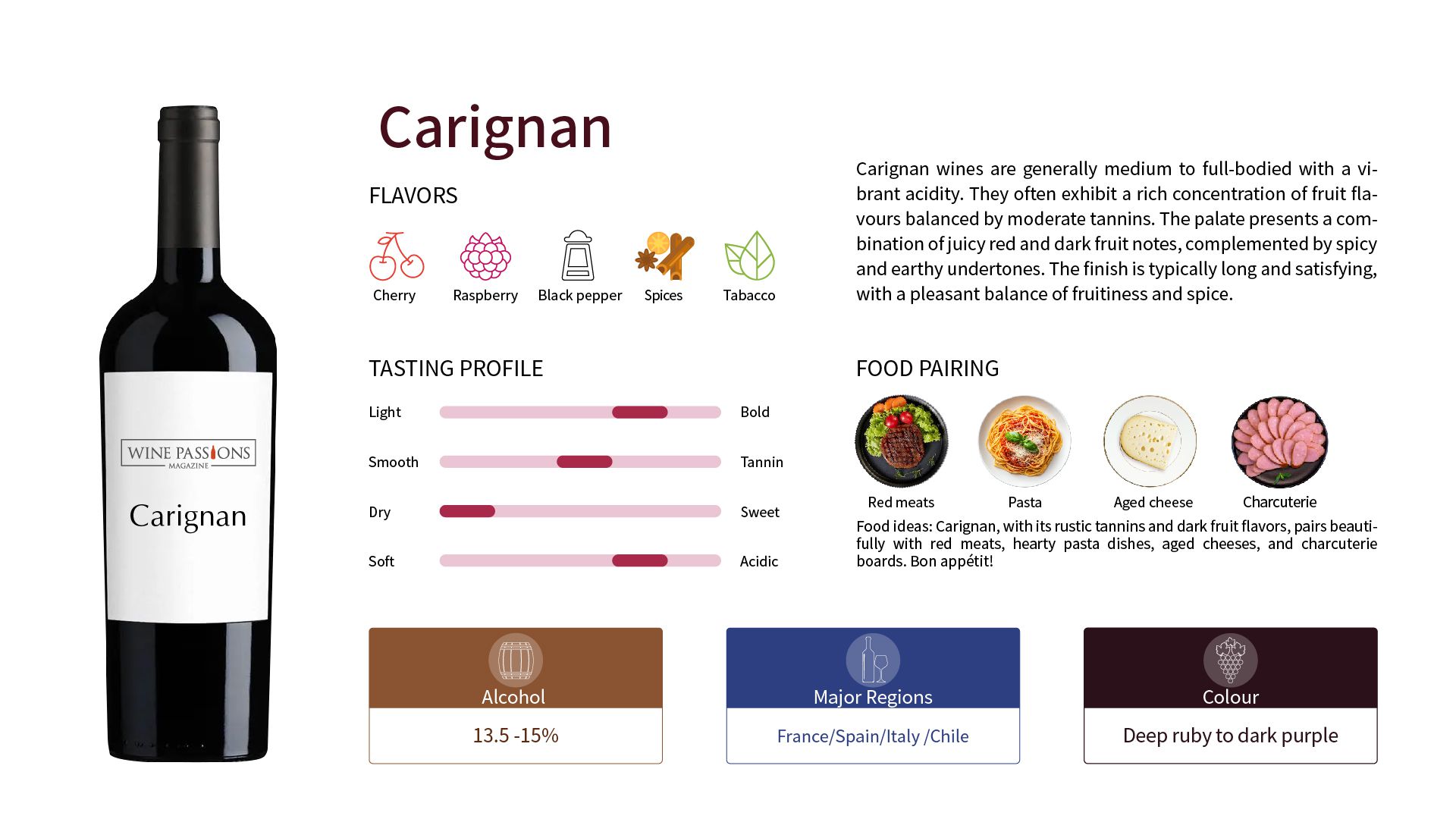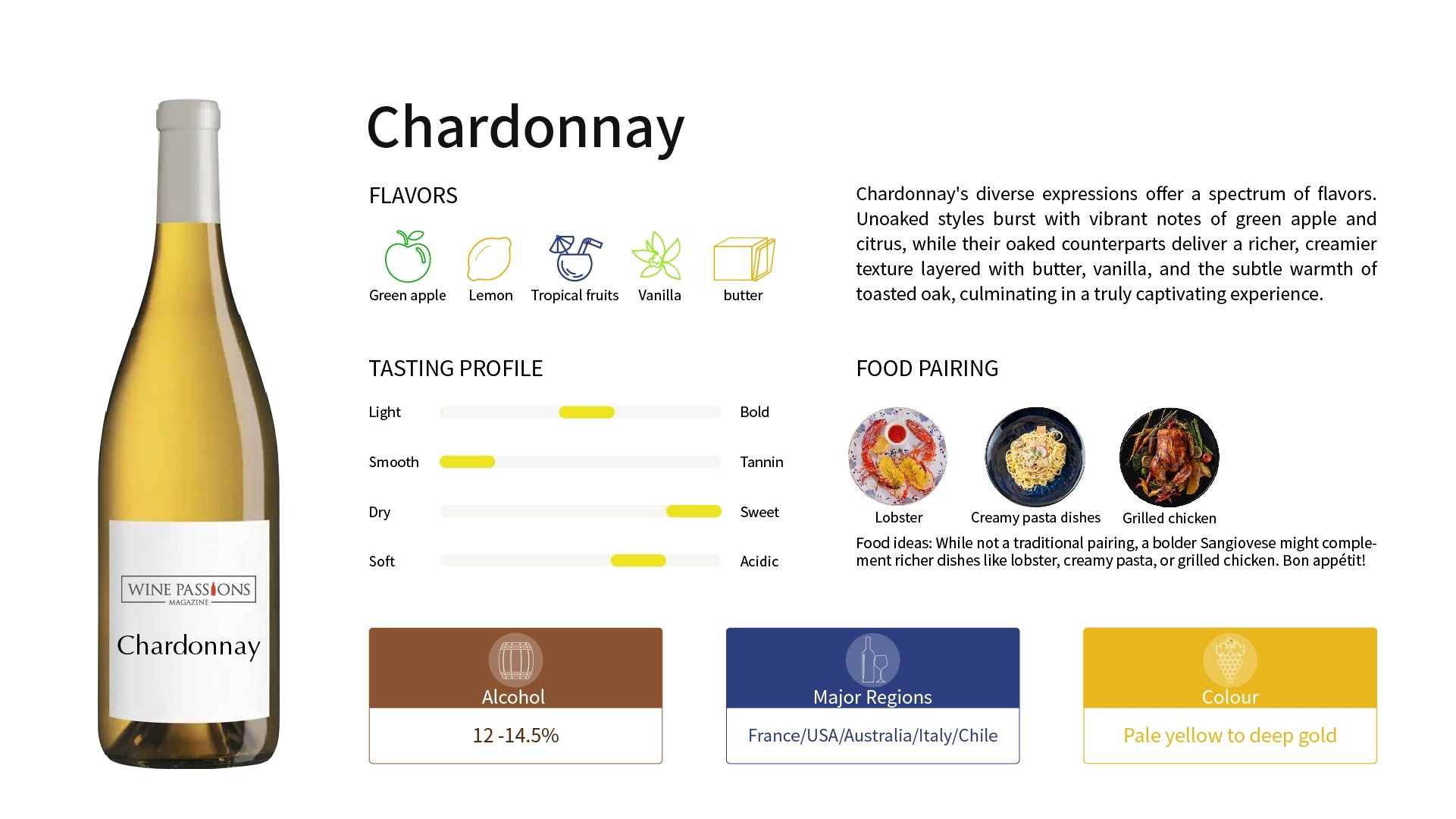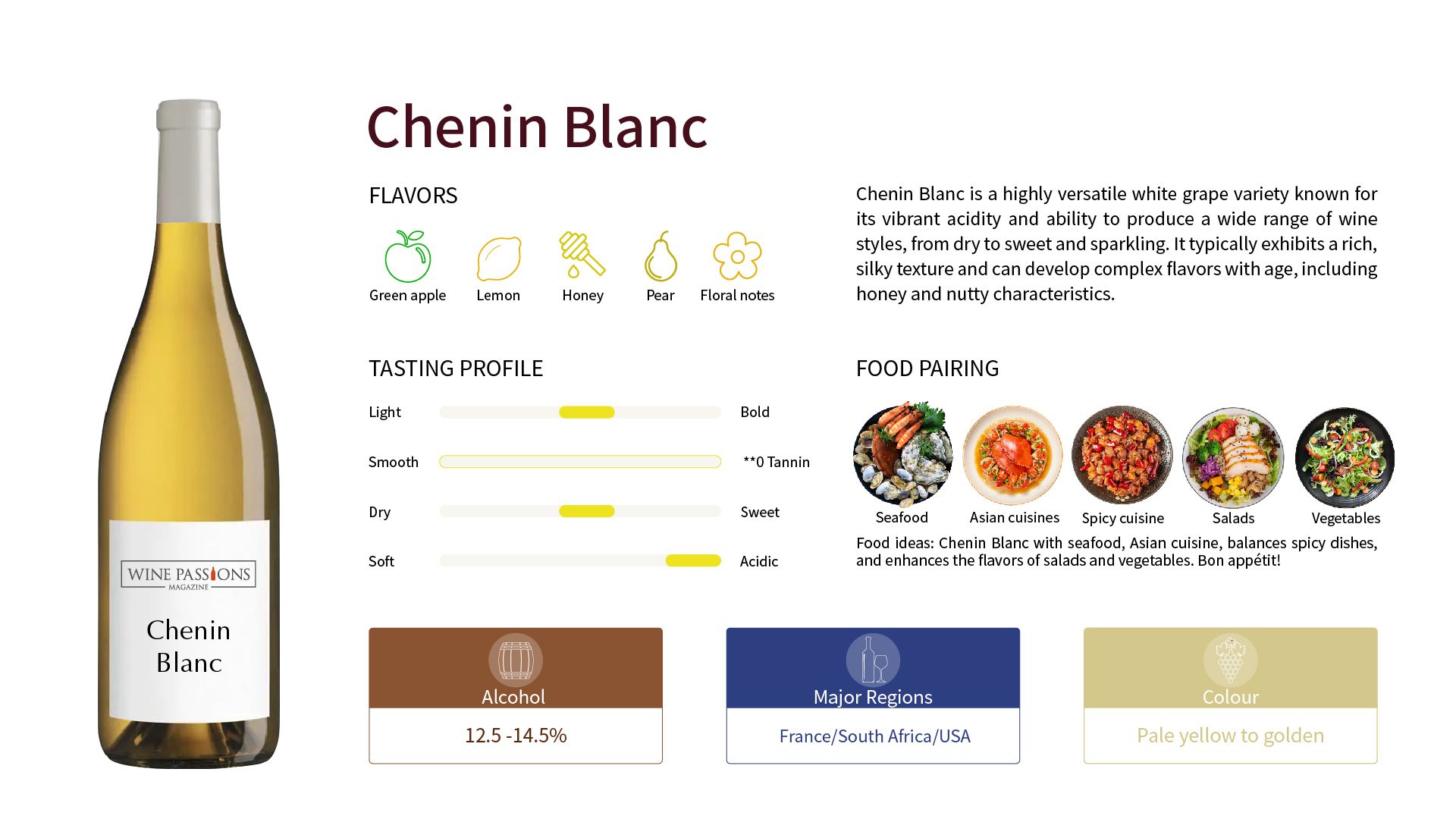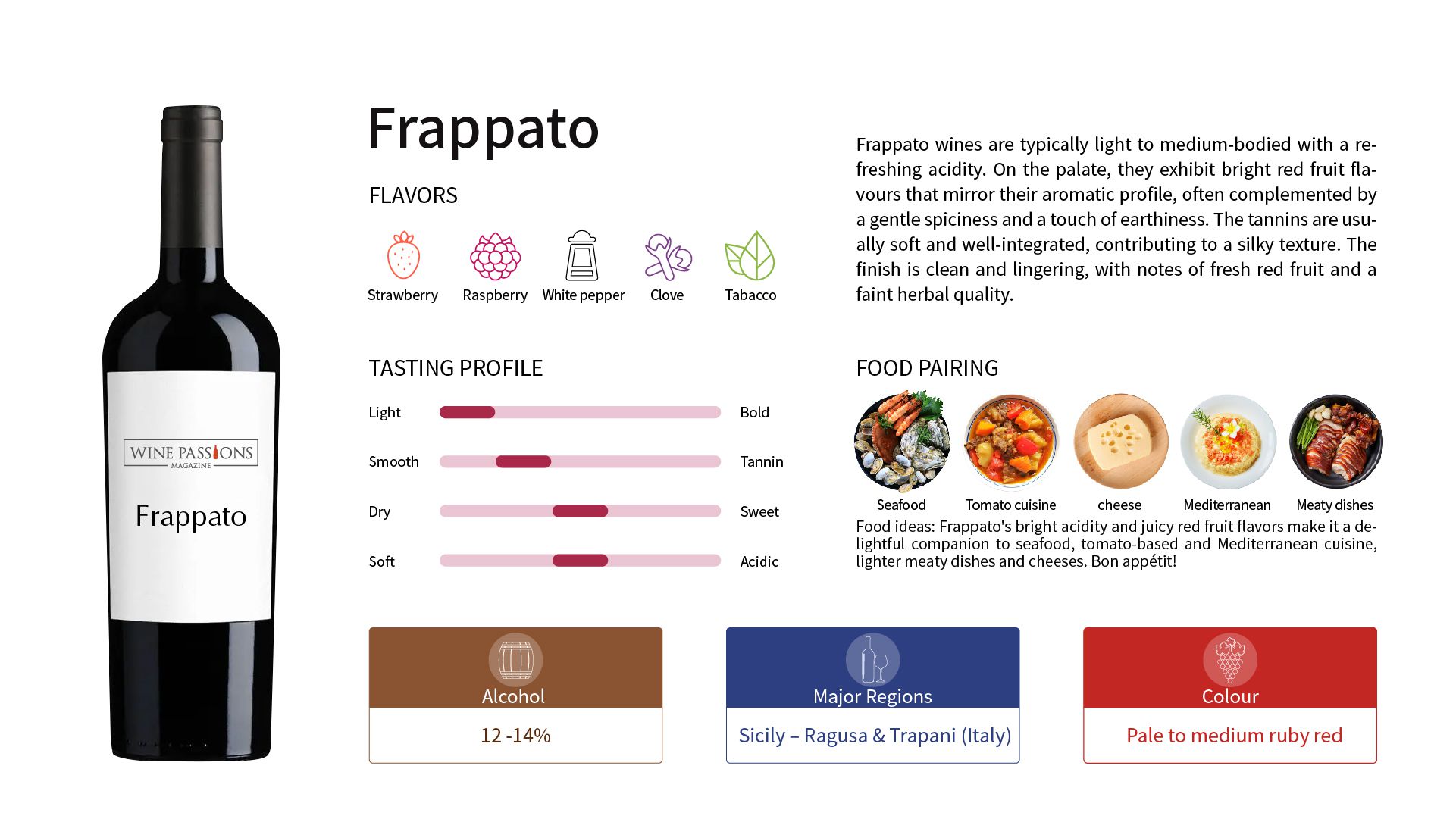Cabernet Franc
Background and Origin
The history of Riesling dates back to the 14th century in Germany, making it one of the oldest varieties of white wine. Its birthplace is the Rhine Valley, praised as Germany's "national wine." The unique climate and soil conditions of the Rhine region give Riesling its distinct flavor profile. To this day, Riesling remains an important representative of German wine culture and is one of the most esteemed white grape varieties in the world.
During the 17th to 18th centuries, with the prosperity of trade, Riesling wine gradually made its way out of Europe to become a favorite among the nobility and upper classes. Over time, Riesling gained widespread cultivation across the globe, particularly in South Australia and the United States. Today, its aromatic and diverse characteristics continue to make it stand out on the international wine stage.
Reasons for the Popularity of Riesling
Unique Flavor Characteristics: Riesling is renowned for its refreshing and intensely aromatic flavors, showcasing a diverse range of flavor profiles. The primary aromas of this wine include fresh fruit notes such as green apple, lemon, grapefruit, peach, and apricot, along with herbal and floral scents like grass and rose petals. With aging, Riesling can develop more complex aromas such as honey, dried fruit, and petrol, making it extremely appealing among wine enthusiasts.
High Acidity and Freshness: The high acidity of Riesling makes it very refreshing and crisp on the palate, a characteristic that allows it to pair exceptionally well with food. High acidity can balance sweetness and enhance the umami of ingredients, making it an ideal pairing choice for many dishes.
Diverse Styles: Riesling can be crafted into a variety of styles from dry to sweet, including noble rot wine (such as Trockenbeerenauslese) and ice wine (Eiswein). This diversity allows Riesling to satisfy different consumer preferences, ensuring that there is a suitable choice for both lovers of dry and sweet wines.
*Variety of Sweetness: From refreshing dry (Dry) to irresistibly sweet (Sweet), to the precious Riesling ice wine (Ice Wine), the sweetness options of Riesling cover all taste preferences.
Aging Potential: High-quality Riesling has good aging potential, developing more complex flavors over time. Aged Riesling typically showcases deeper aromas like honey, nuts, and petrol, which are highly valued among wine lovers.
Flavor Characteristics of Riesling
Riesling typically exhibits the following flavor characteristics:
Fruit Aromas: Primarily includes fresh fruity scents like green apple, lime, peach, and apricot.
Herbal and Floral Aromas: Commonly features aromas of honey, jasmine, and more, adding complexity to the wine.
Mineral Quality: Particularly in Germany's Mosel region, Riesling often displays fresh mineral flavors with a sensation of petrol or salinity.
Variation in Sweetness: Riesling can be made into various styles from dry to sweet (such as noble rot wine) making it suitable for different occasions and palates.
Main Production Regions of Riesling
Germany: Major production regions include Mosel, Rheingau, Mosel, and Pfalz, known for producing high-quality Riesling.
Alsace, France: Known for its rich and complex Rieslings, often used to produce both dry and sweet white wines.
Australia: South Australia's Eden Valley and Clare Valley are famous for producing fresh Riesling, typically showcasing petrol aromas along with lemon and green apple freshness.
USA: Washington State, New York, and California also produce excellent Riesling, acclaimed for its unique flavors.
Famous Riesling Wines
Egon Müller Scharzhofberger Riesling/Dr. Loosen Riesling/Kabinett Rieslings (Germany)
Trimbach Riesling Cuvée Frédéric Émile (France)
Grosset Polish Hill Riesling/Pewsey Vale Eden Valley Riesling (Australia)
Château Ste. Michelle Riesling (United States)
Tasting Method
Tasting Temperature: 7-13°C
Tasting Glass: White Wine Glass
Aeration Time: None
Ageing: 5-10 years (It is recommended not to age for more than 3 to 5 years, as its acidity and fruit aroma are best enjoyed fresh.)
Food Pairing
Seafood: Such as grilled fish, lobster or salmon with citrus sauce, which can balance the freshness of the seafood.
Pork and Poultry: Such as bacon, roast pork or duck, especially pairs better with jams or sweet sauces.
Asian Cuisine: Spicy dishes such as Indian or Thai food, even Chinese Sichuan spicy hot pot, the light acidity and sweetness of Riesling can effectively relieve the spiciness, making the pairing even more delightful.
Cheese: Such as blue cheese or goat cheese, which can also pair well with Riesling.
